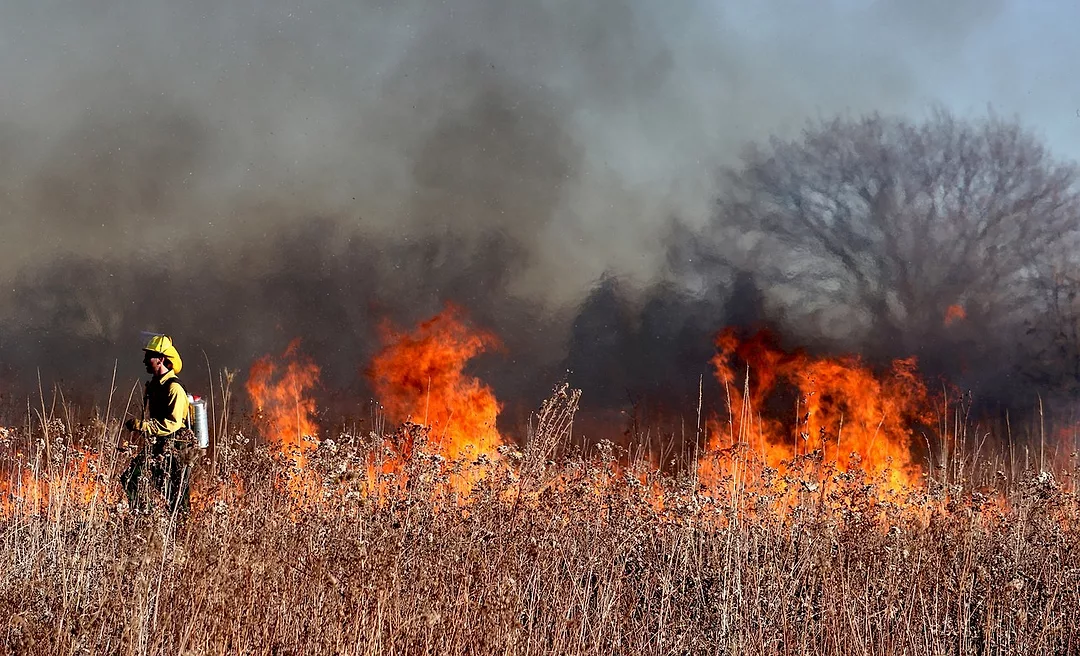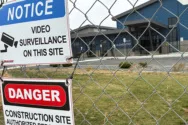
Home » Update of Washington’s wildfire building code gets ditched
Update of Washington’s wildfire building code gets ditched

March 19, 2024
State officials scrapped new wildfire protection rules for homes and other buildings on March 15, the day the suite of building codes was set to take effect.
The state Building Code Council voted to remove Washington’s new wildland urban interface codes, following Gov. Jay Inslee’s signing of a bill that limits which of the new rules can go into effect and when.
The “wildland urban interface” – or WUI – codes sparked controversy over the last year after builders, cities and environmentalists said they were too expensive, confusing and would affect parts of the state not actually at risk for wildfire.
This session, lawmakers passed a bill to push back implementation of some of those new codes until the Department of Natural Resources can draw new maps for wildfire risk across the state.
Following Inslee’s signing the bill into law, the council voted to pass an emergency rule entirely removing the new codes, which would have gone into effect on March 15.
Although the new law supersedes anything the council can do on the codes until new maps are drawn, some members said March 15 it was important that they formally remove the codes to limit confusion for cities and counties and to show the public they hear their concerns.
“It’s time that this council starts listening to the people,” said Tom Handy, a Whitman County commissioner and council member. “There was overwhelming support that there may be some overreach in these codes. We need to pay attention to this.”
Others criticized the new law, which they said leaves homes and other buildings too exposed to wildfire danger. Opponents also said the law could undermine the council’s ability to implement any wildfire-related codes in the future.
“There is a gap here where the state will be less safe because we don’t have a WUI code in place,” said council vice chair Todd Beyreuther, who represents manufacturers, installers and suppliers of building materials.
New law limits codes
The WUI codes were meant to protect homes on the edge between wooded and developed areas against wildfire. In 2018, the Legislature passed a law asking the state Building Code Council to write new codes requiring these homes be built with certain fire-resistant materials, less surrounding vegetation and more accessible driveways.
Under that law, the Department of Natural Resources was charged with mapping the state’s wildland urban interface. The final map required most of the state to follow at least some of the new code. Critics say it overstates wildfire risks in some places and could make homes less affordable and limit housing density at a time when the state has a shortage of homes.
The law passed this year requires the department to draw a new statewide map that focuses on areas exposed to the greatest wildfire risks, looking at things like terrain, climate and vegetation.
“Identifying those areas in each county will enable us to use fire-resistant materials where they will do the most good,” bill sponsor Sen. Kevin Van De Wege, D-Lake Sutherland, said.
Once the maps are finalized, areas considered high risk or very high risk would have to adopt some of the WUI codes written by the Building Code Council. Those include requirements for fire-resistant materials for roofing, exterior walls, decks and porches, and guidelines for driveways and turnarounds that are accessible to emergency vehicles.
Some of the other more controversial rules under the code, including those calling for “defensible space,” with limited trees and other vegetation around homes, would not be required under the new law, but Van De Wege said local communities could choose to implement them.
The law also gives local governments the option to develop their own wildfire risk maps and codes until the department finishes theirs.
Forced hand
There was some confusion among the building code council about whether scrapping the codes was even necessary as the new law essentially does that anyway.
“From what I’m understanding, no matter what we do today, the legislation trumps us, and it’s kind of a moot point,” said Angela Haupt, who represents building code enforcement on the council.
But Micah Chappell, a former council member who helped lead the writing of the codes, said passing an emergency rule would give clearer guidance to cities and counties that are wondering what to do.
In the end, no one on the council voted against removing the new code. Still, some had hesitations about the new law.
Chappell said the law would set a precedent for what the council can adopt and amend moving forward.
“It will be tying the hands of what the SBCC can adopt,” Chappell said last month. “It creates a situation where the council doesn’t have a say or the authority to amend.”
He told the council on March 15 that he hoped the Legislature would work with the council over the next year to create language that can allow the council to amend the code once it’s in effect.
Some members also criticized the Legislature for passing the bill too quickly and not fully understanding the effects it would have. But legislators defended their decision to pass the bill, which both chambers approved unanimously.
Rep. Suzanne Schmidt, R-Spokane Valley, who sits on the council, said lawmakers did take the time to understand the bill and did what the people of Washington wanted them to do.
“We were duly elected by the people of Washington to represent them, and I think we are doing that,” she said.
This story is republished from the Washington State Standard, a nonprofit, nonpartisan news outlet that provides original reporting, analysis and commentary on Washington state government and politics.
Latest News Real Estate & Construction
KEYWORDS March 2024
Related Articles





